Ecg Changes In Coronary Artery Disease
Ecg changes in coronary artery disease. Other ischemic ECG findings include changes in QRS duration QRS amplitudes QT intervals observed QT dispersion and subintervals of repolarization such as the duration from the peak to the end of the T wave. Accuracy is enhanced when the ECG is obtained in a patient with ongoing chest pain. Common ECG Finding Confers Greater Mortality Risk than Diabetes Coronary Artery Disease.
Coronary syndrome establishing the diag-nosis and determining the treatment strat-egy. What is the most likely explanation of the electrocardiographic changes. Abstract To improve the correct diagnosis rate of coronary heart disease and to explore the guiding value of electrocardiogram ECG ST-T ischemic changes in the clinical diagnosis of coronary heart diseaseA retrospective analysis was conducted on a total of 310 cases who underwent a conventional 12-lead ECG 12-lead dynamic ECG DECG Holter with ST-T ischemic changes and then coronary.
Conditions associated with increased blood viscosity may increase coronary resistance and consequently decrease coronary artery blood flow which can precipitate angina in. Because of its broad availability lack of radiation and relatively low cost echocardiography is an increasingly widely used examination. Cardiac biomarkers like BNP and CRP are better predictors of Ischemic events in women as.
In acute coronary syndromes the electrocardiogram ECG provides important information about the presence extent and severity of myocardial ischemia. Such changes were present in 74 of patients with normal coronary arteries. Patents with previous cardiac interventions or renal insufficiency serum creatinine 14 mgdl and patients who denied to undergo coronary angiography during hospitalization were also excluded from the study.
ECG is less likely to show significant changes in women 37 vs 27. ECG changes during endoscopic retrograde cholangio-pancreatography and coronary artery disease. These six patients all had ECG changes of carditis.
Acute coronary syndrome ACS a manifestation of CAD is more often clinically silent or misdiagnosed in women than in men 35 vs 28 because of variation in the presenting symptoms. ECG changes in coronary artery disease CAD can be in any of the waves or segments. Coronavirus COVID-19 Resource Center.
12 Despite poor value of ECG to predict appearance of sudden cardiac attack it may be potentially useful for predicting late outcome of cardiac diseases. P wave abnormalities have been described as minor ECG.
Patients with electrocardiogram ECG changes indicative of STEMI along with those whose ECG showed left bundle branch block or pathological Q waves were excluded from the study.
ECG changes in coronary artery disease CAD can be in any of the waves or segments. Because of the persistent chest pain and the electrocardiographic changes an urgent coronary angiography was performed which confirmed coronary stent patency. What is the most likely explanation of the electrocardiographic changes. At times the changes are typical and clear. Heart Rate Adjustment of ST Depression. ECG is less likely to show significant changes in women 37 vs 27. Six patients had coronary artery dilatation and all resolved on subsequent 2-D Echocardiography. ECG changes during endoscopic retrograde cholangio-pancreatography and coronary artery disease. Extent and severity of coronary artery disease.
In acute coronary syndromes the electrocardiogram ECG provides important information about the presence extent and severity of myocardial ischemia. The first change ECG change during STEMI is hyperacute T waves that appear peaked and are related to localized hyperkalemia. Extent and severity of coronary artery disease. Diagnosis of acute myocardial infarction in the emergency room still relies mostly on the ECG though other investigations are there to supplement. Patients with electrocardiogram ECG changes indicative of STEMI along with those whose ECG showed left bundle branch block or pathological Q waves were excluded from the study. Christensen M1 Milland T Rasmussen V Schulze S Rosenberg J. 12 Despite poor value of ECG to predict appearance of sudden cardiac attack it may be potentially useful for predicting late outcome of cardiac diseases.
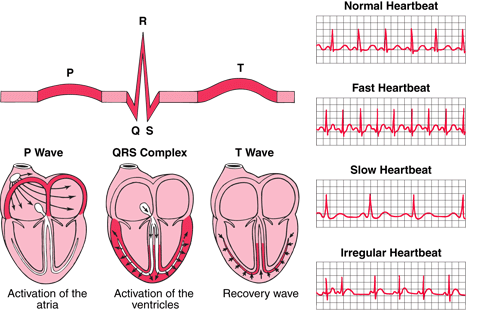
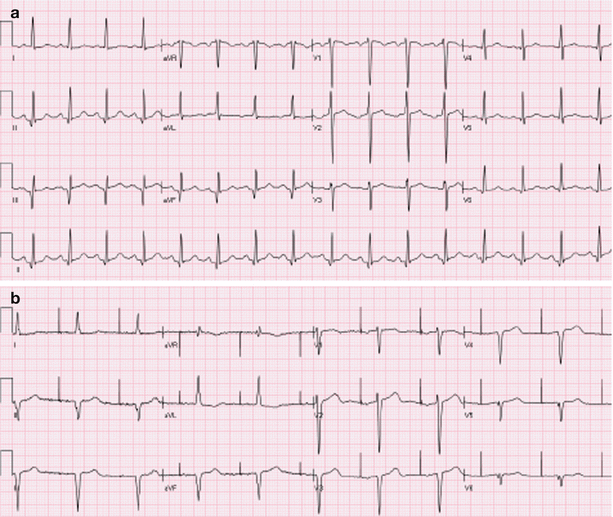


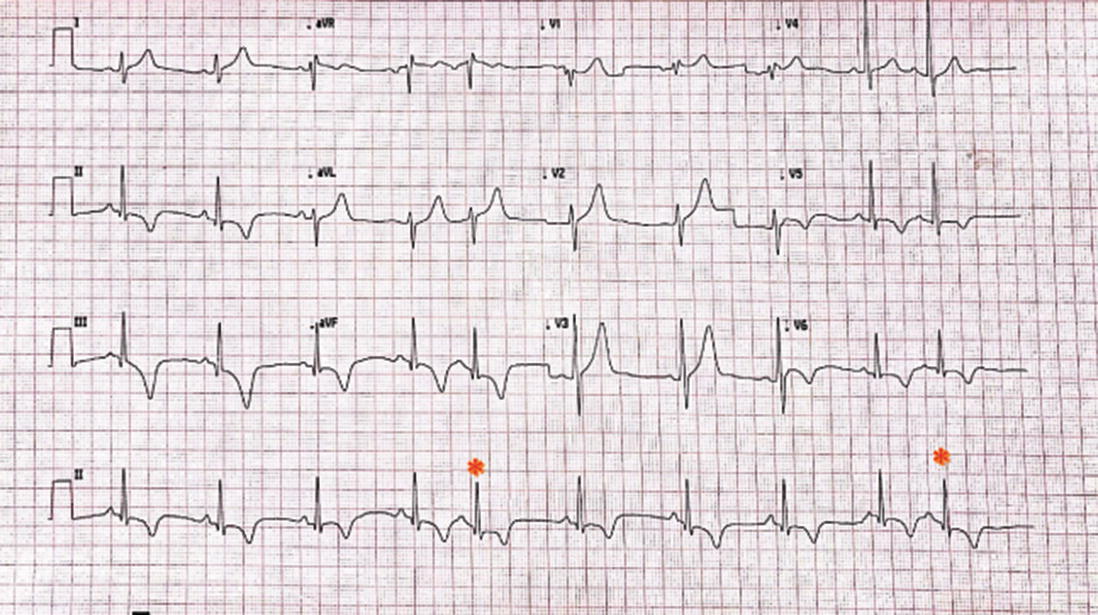
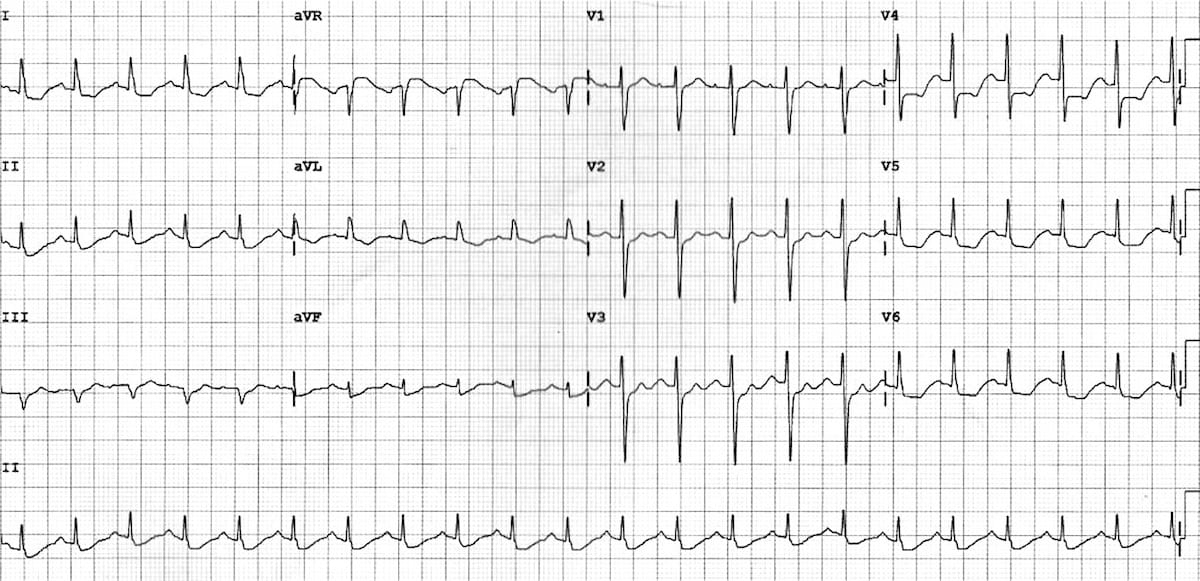
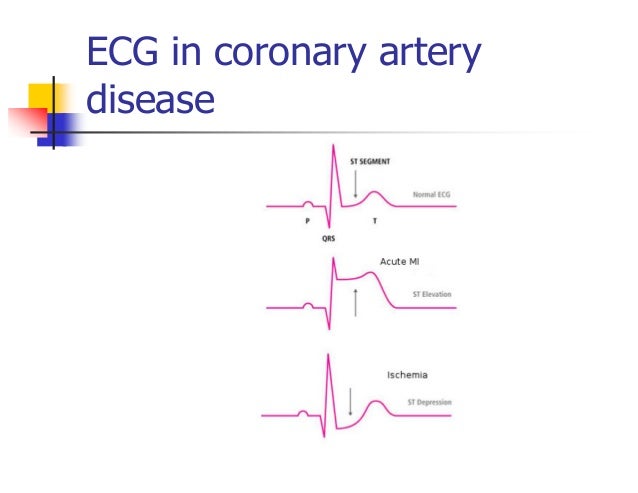
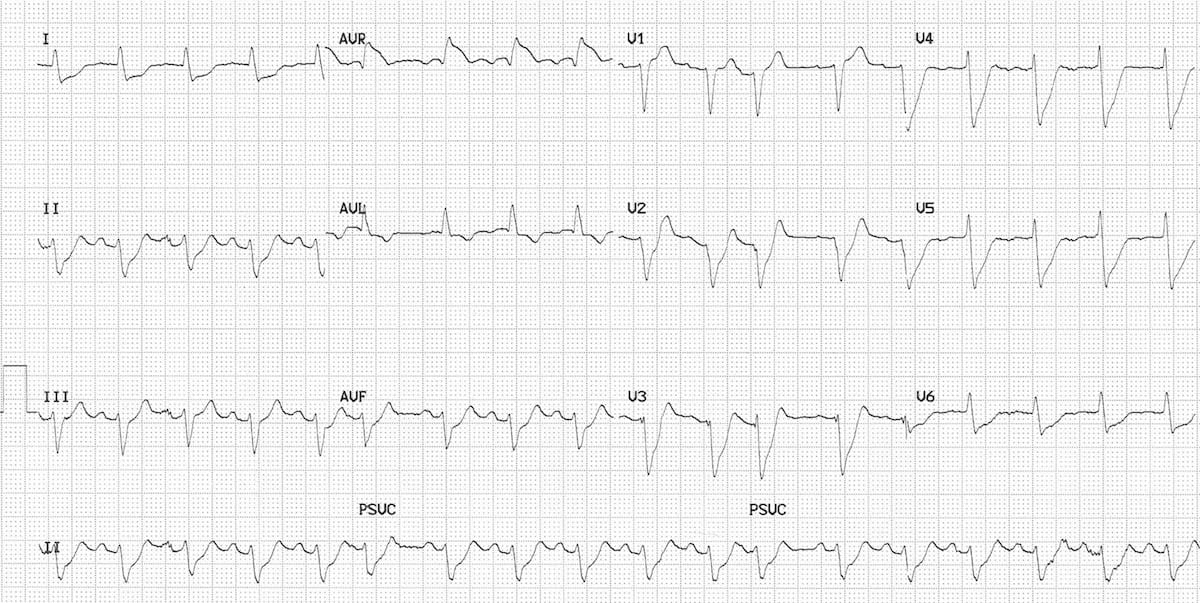
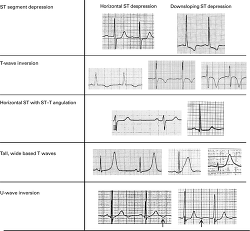

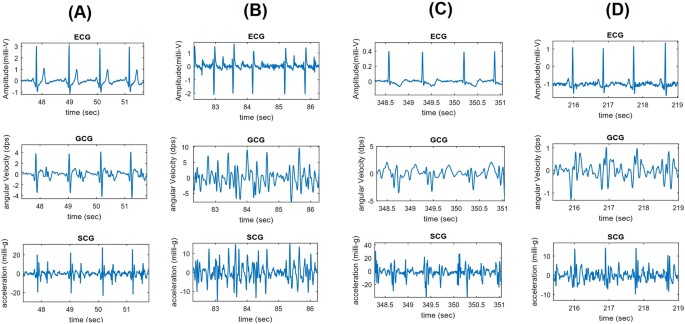
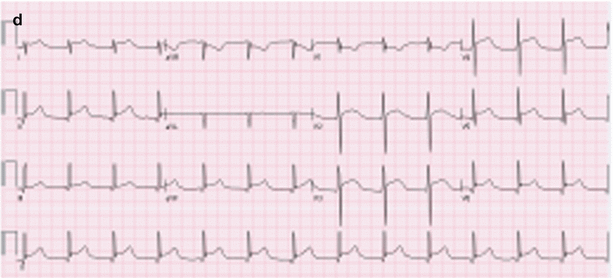
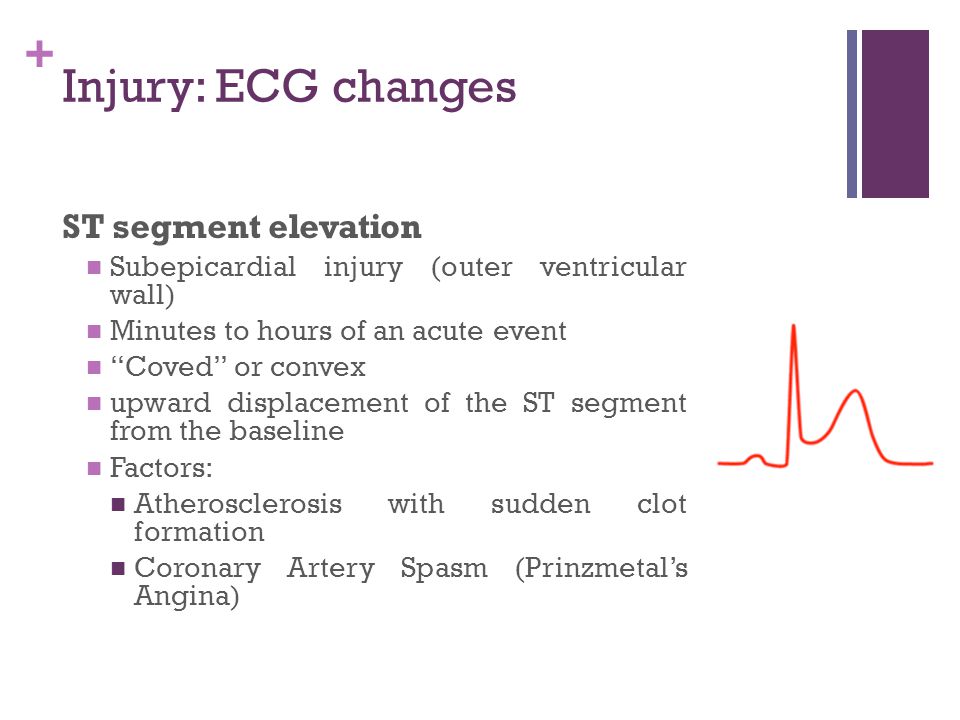
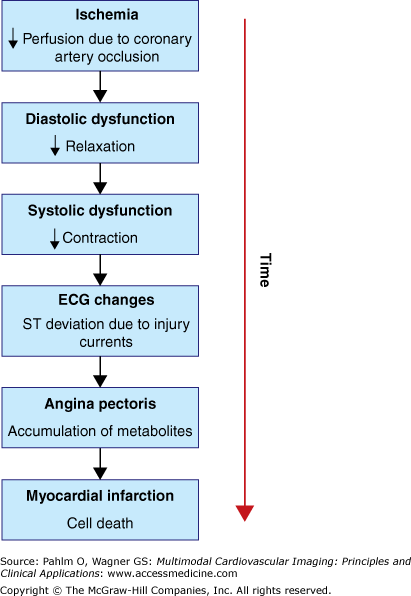

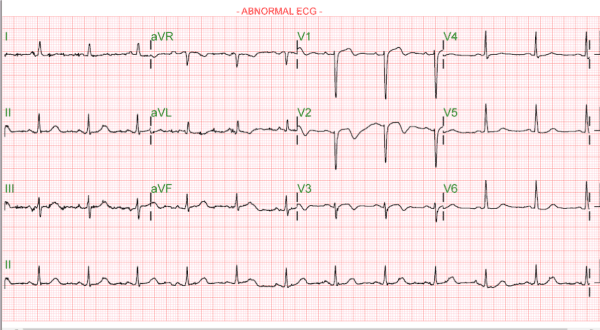
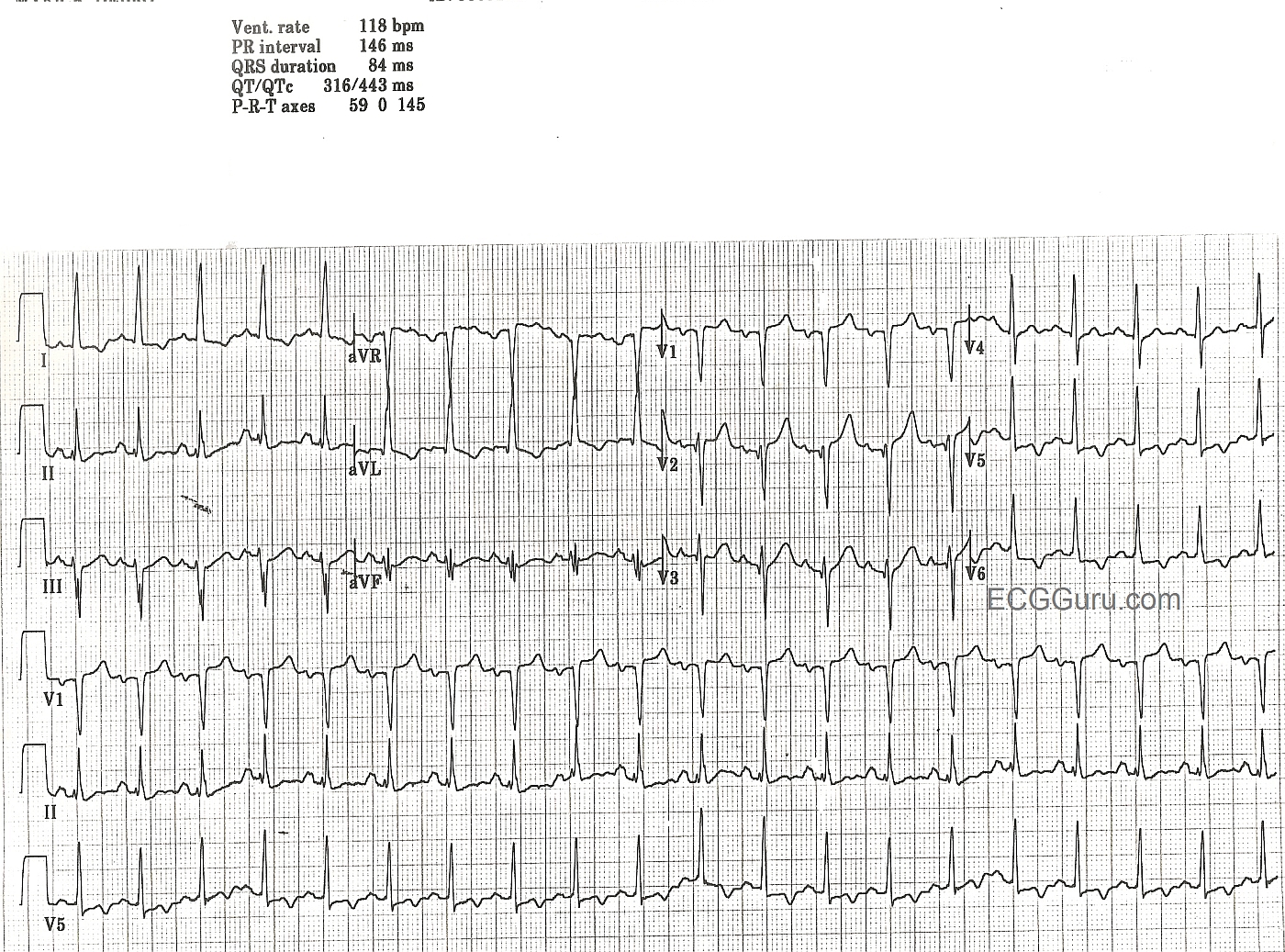

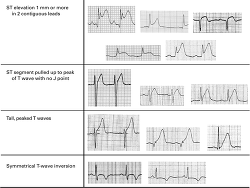
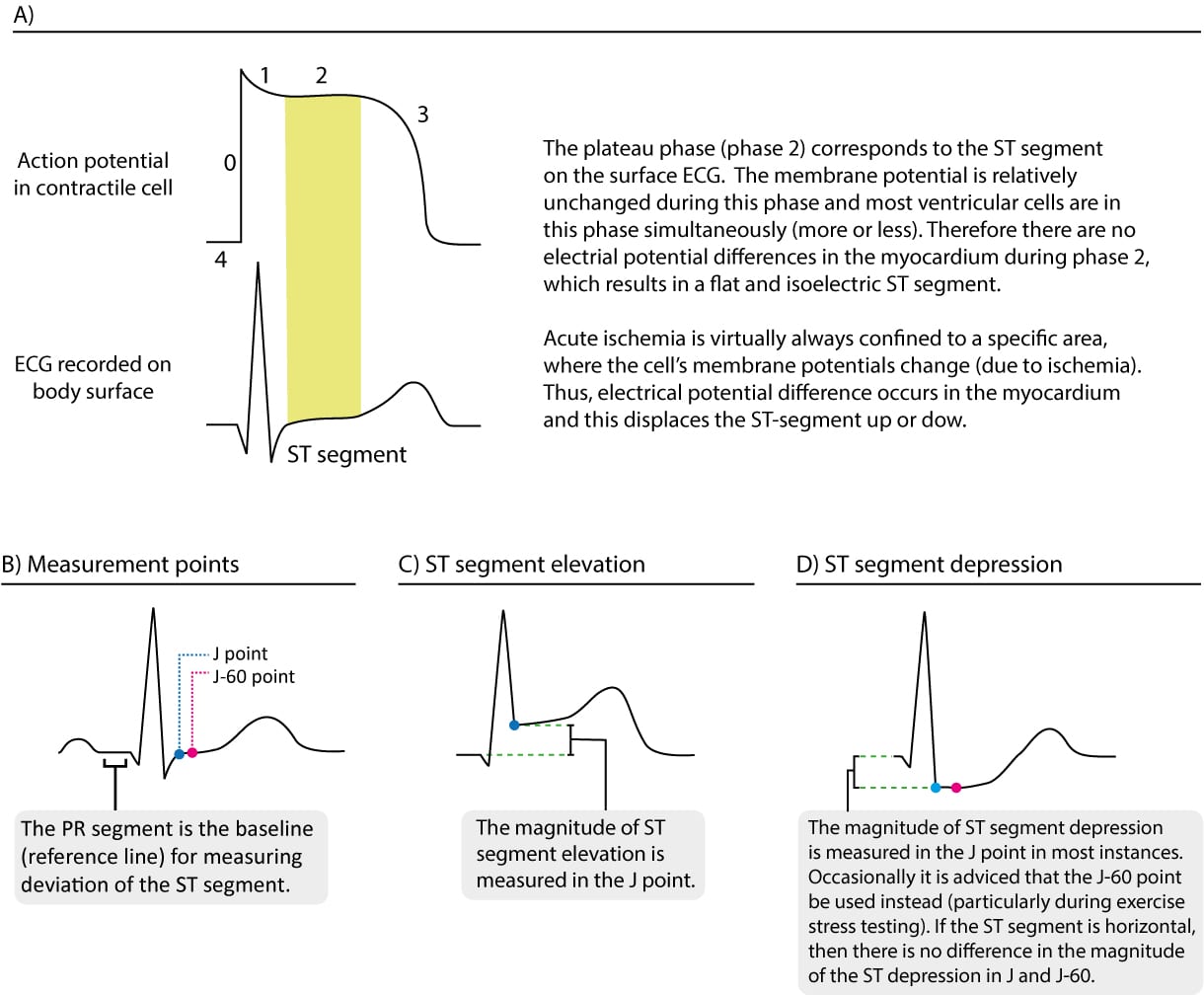
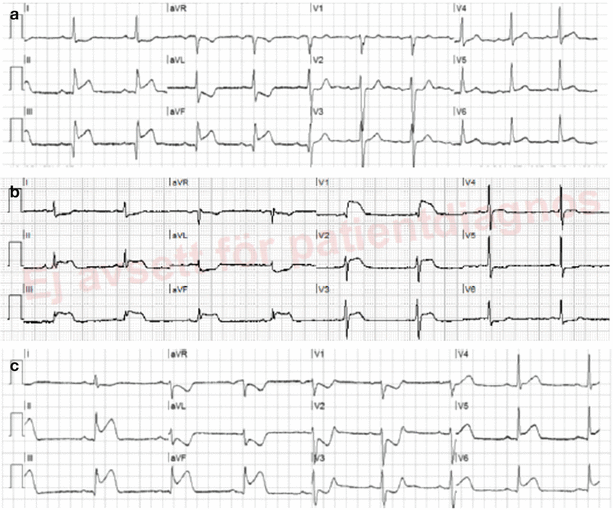

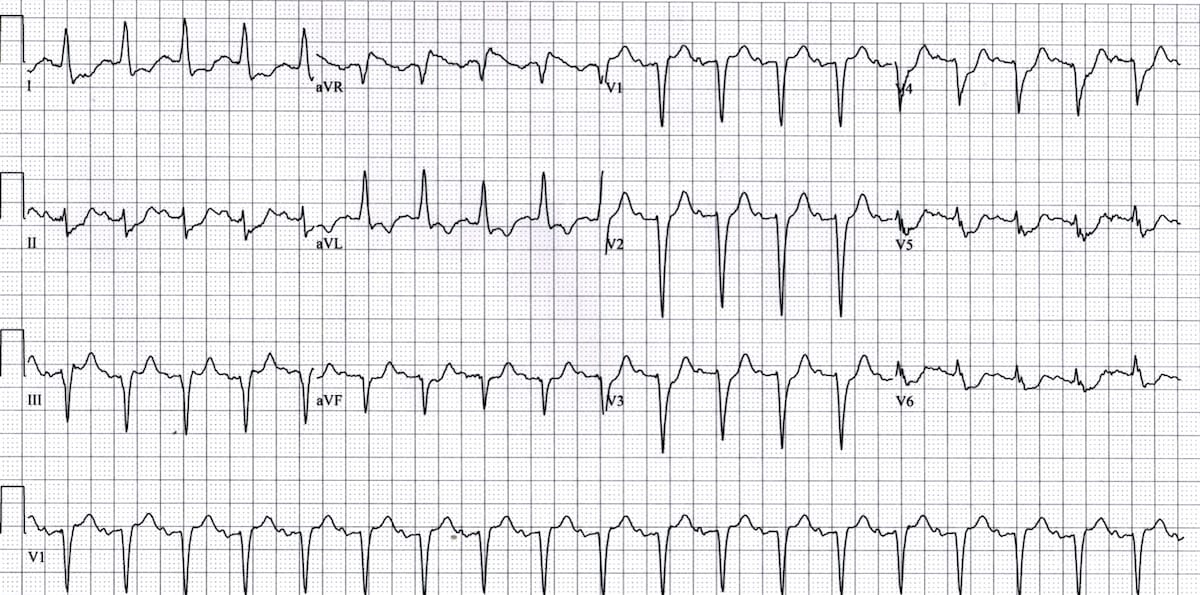


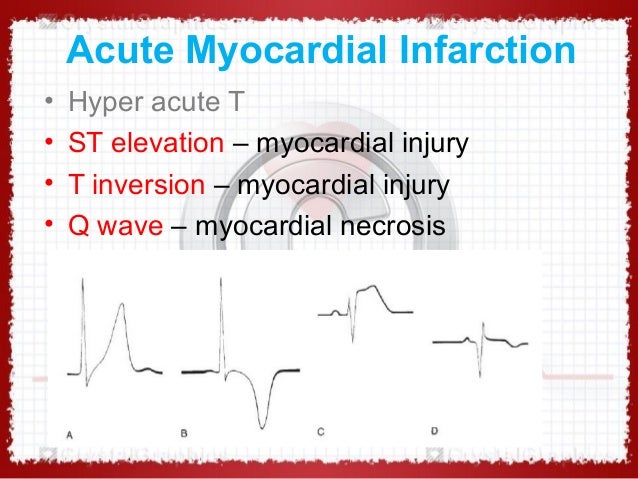

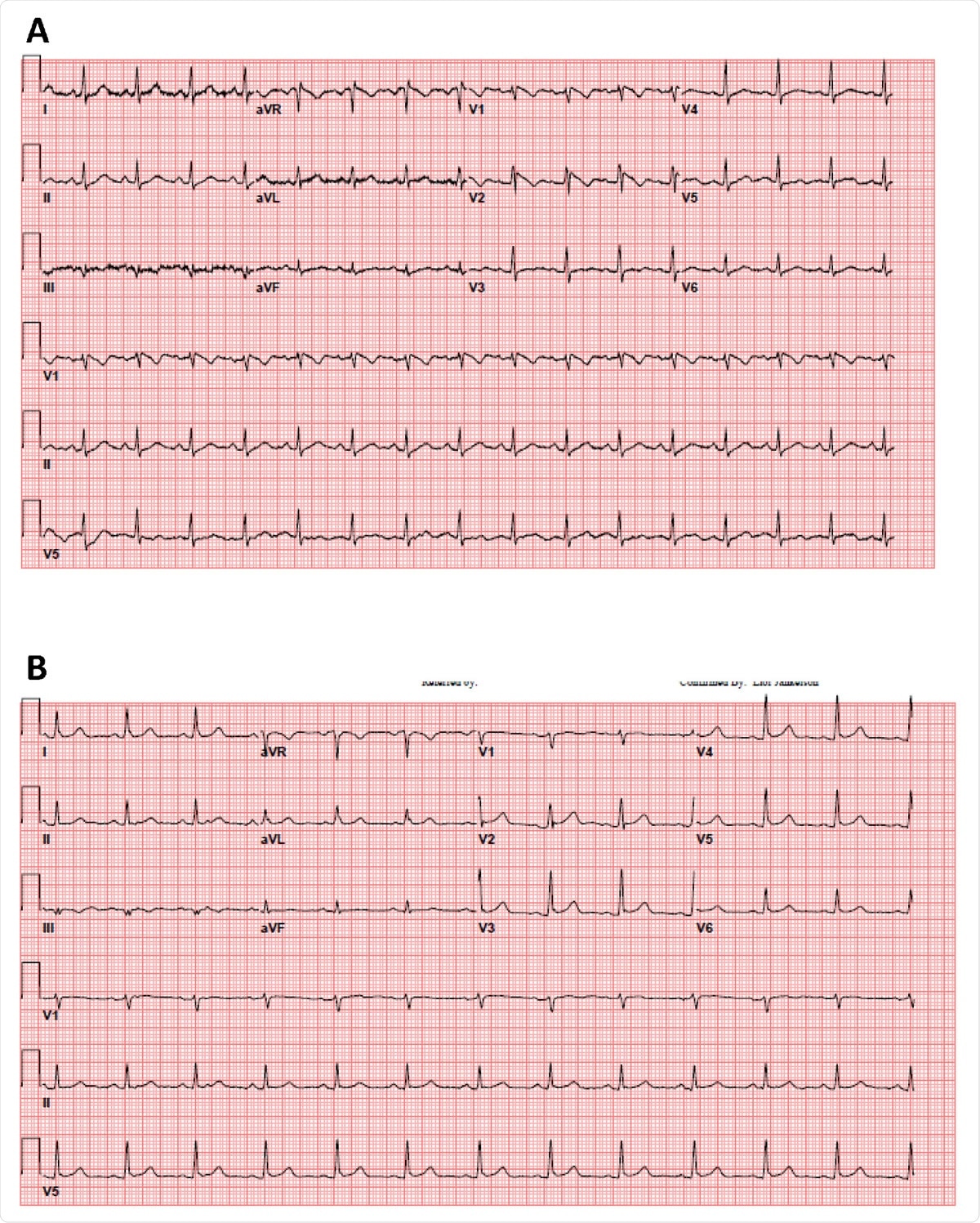
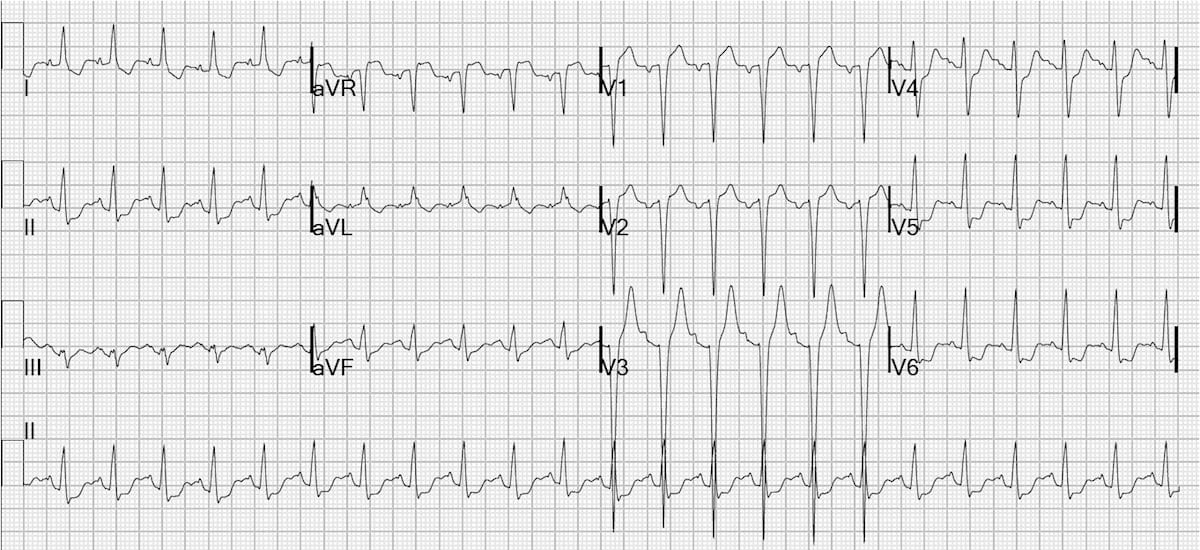





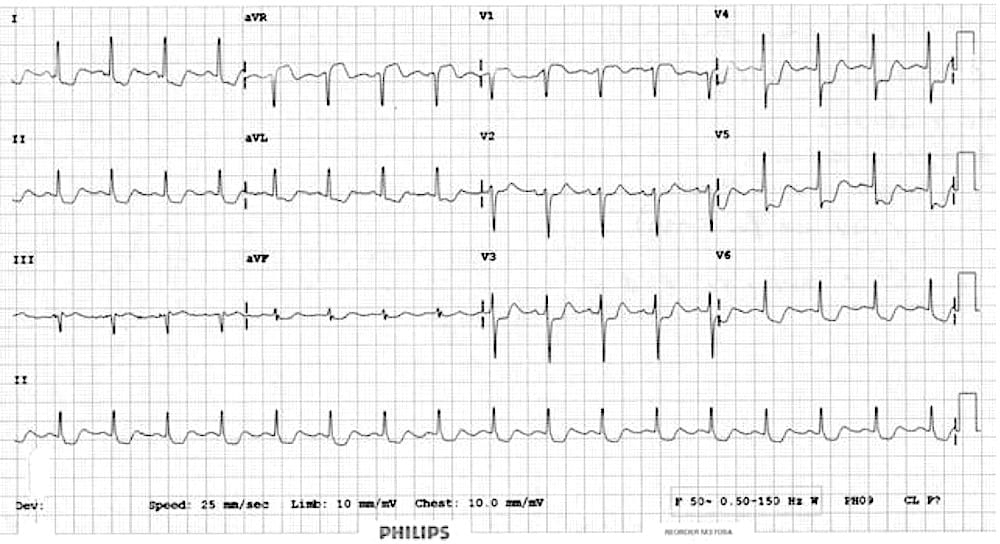

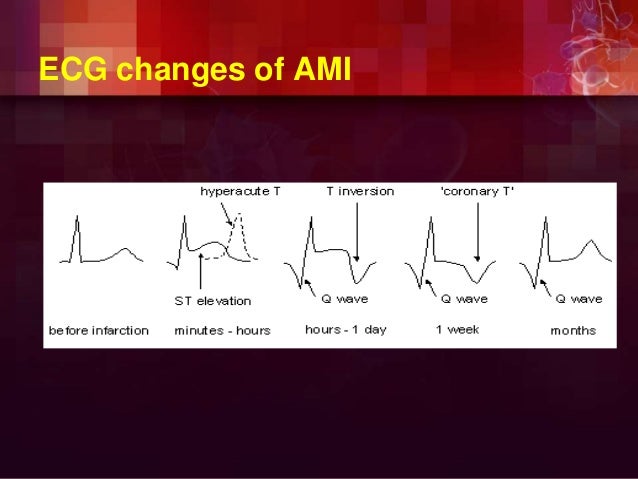
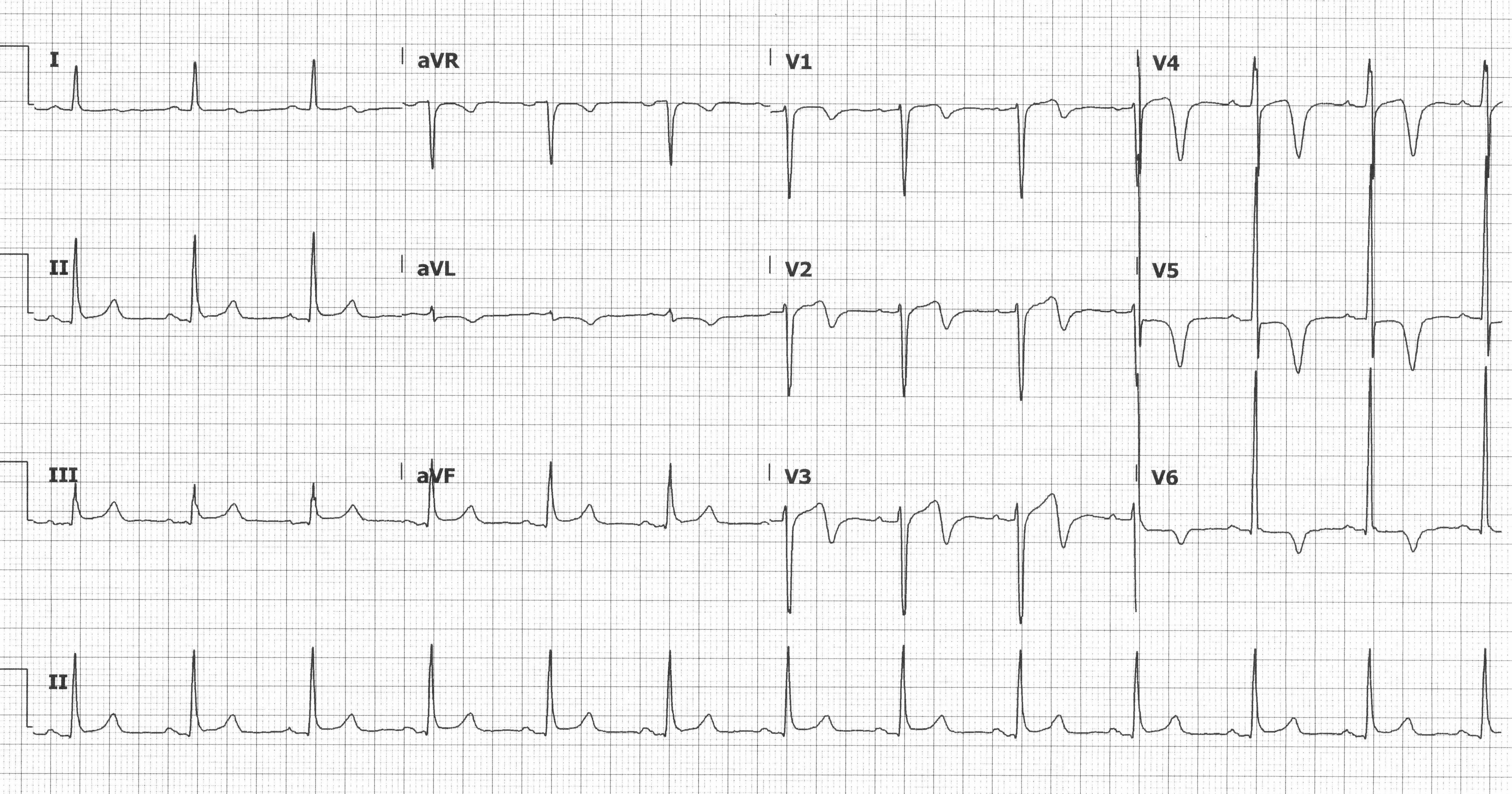



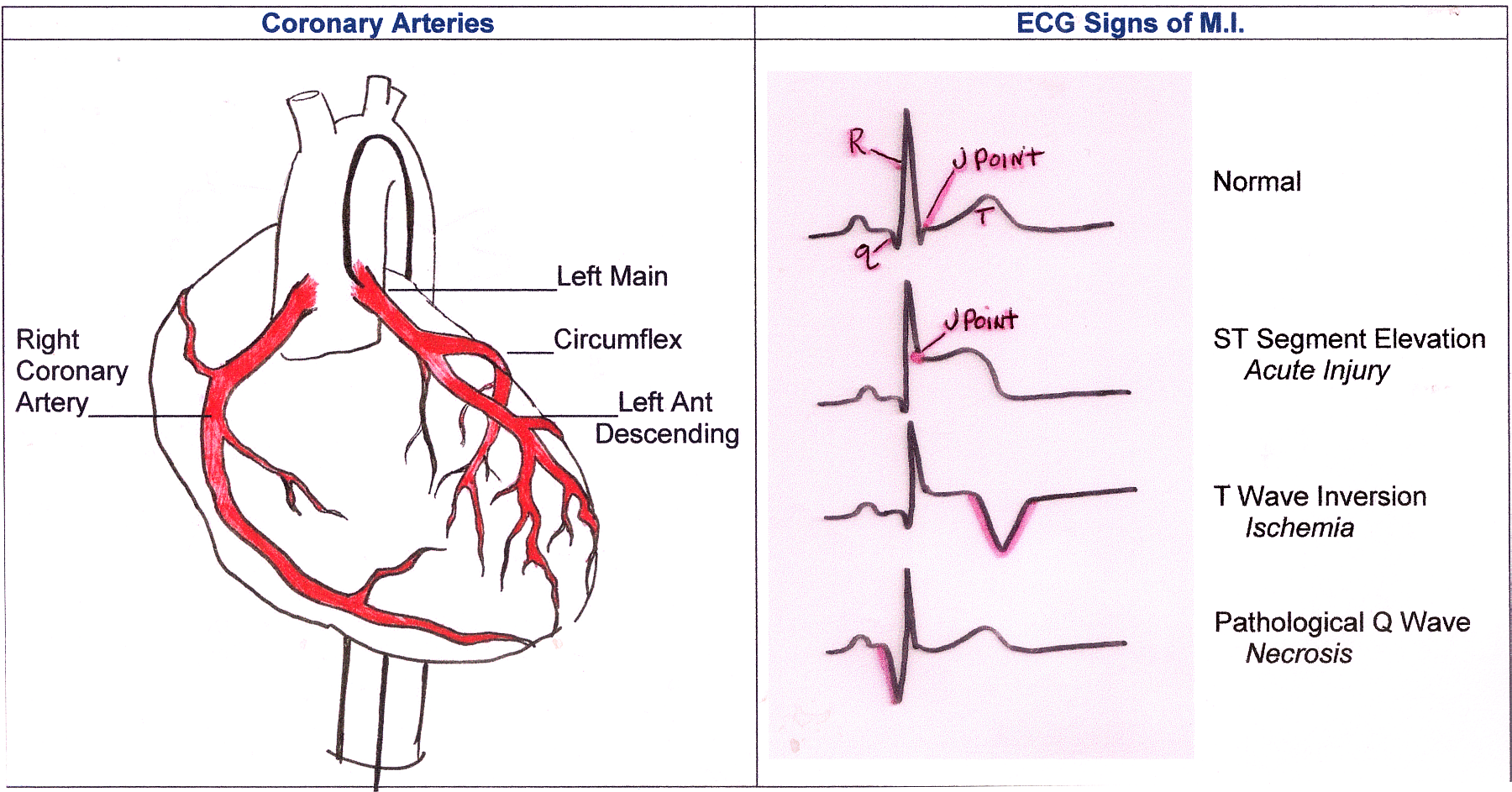
Posting Komentar untuk "Ecg Changes In Coronary Artery Disease"